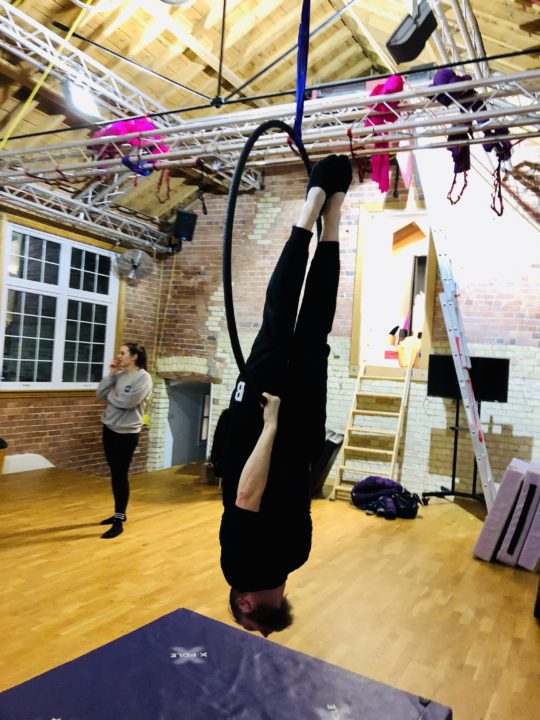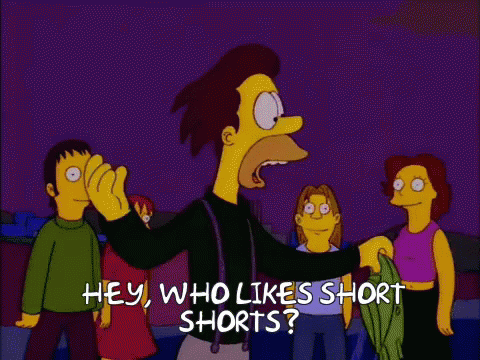Pole dancing is not limited by gender—pole dancing for men is gaining momentum as a full-body workout that challenges strength, endurance, flexibility, and creativity. More men are discovering the incredible physical and mental benefits of pole dancing. In this blog, we’ll explore why men should consider pole dancing a fitness option and how it can positively impact their overall well-being.
Why Should Men Consider Pole Dancing?
-
A Full-Body Workout
Pole dancing requires strength, endurance, and flexibility—all components of a great workout. Men naturally have higher muscle mass and strength, which makes pole dancing a perfect match for their physical abilities. Unlike traditional gym workouts focusing on specific muscle groups, pole dancing challenges the entire body, including the core, upper body, and lower body. From climbs and spins to inverts and tricks, pole dancing provides a complete fitness routine that targets multiple muscle groups in every session.
-
Improves Flexibility and Agility
While men are often concerned with building strength, flexibility is just as important, particularly for injury prevention. Pole dancing forces you to stretch, bend, and balance, helping to increase flexibility over time. This improved flexibility can translate into better performance in other sports and physical activities. Plus, pole dancing improves agility, coordination, and balance—important skills for any fitness routine.
-
Mental Benefits and Confidence Boost
Aside from the physical advantages, pole dancing for men provides significant mental benefits. The intricate movements and focus required help improve concentration and discipline. Men who take up pole dancing report feeling more confident, as mastering pole tricks builds self-esteem and pushes personal boundaries. The creative and artistic side of pole dancing encourages men to express themselves and challenge societal stereotypes.

Breaking the Stereotypes Around Pole Dancing for Men
Pole dancing has long been misunderstood as an activity primarily for women, but this misconception is being shattered. Men have always been involved in pole sports—take a look at pole champions like Dmitry Politov and Evgeny Greshilov, who have excelled in the sport and shown that pole dancing is not just for women. These athletes use pole dancing to demonstrate raw strength, control, and athleticism.
Pole dancing for men is about more than fitness—it’s about embracing a unique art form that allows creativity and expression while building physical strength. As more men enter the pole world, diversity and acceptance grow.
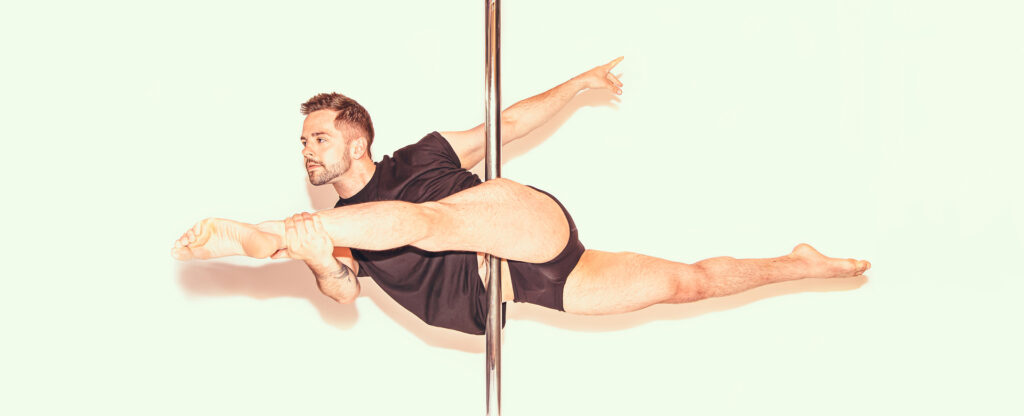
How to Get Started with Pole Dancing for Men
-
Find a Studio or Instructor
Many studios now offer pole dancing classes specifically designed for men or mixed-gender classes. Search for a local studio that embraces inclusive fitness and caters to men. Professional instructors will guide you through beginner techniques and help you build strength and confidence as you advance.
Check out X-POLE’s Studio Mapper here to search for your nearest studio.
-
Invest in the Right Gear
While you don’t need a lot of equipment to get started, wearing the right gear is essential. Men’s pole dancing attire typically includes comfortable athletic shorts and a form-fitting top for a full range of motion and proper grip on the pole. You may also want to invest in pole grip products to prevent slipping as you build your skills.
-
Be Consistent and Have Fun
Like any fitness routine, consistency is critical to improving in pole dancing. It can be challenging at first, but you’ll see rapid progress with dedication and regular practice. Remember to have fun with the process—pole dancing is not just about the workout but about discovering a new way to move and express yourself.
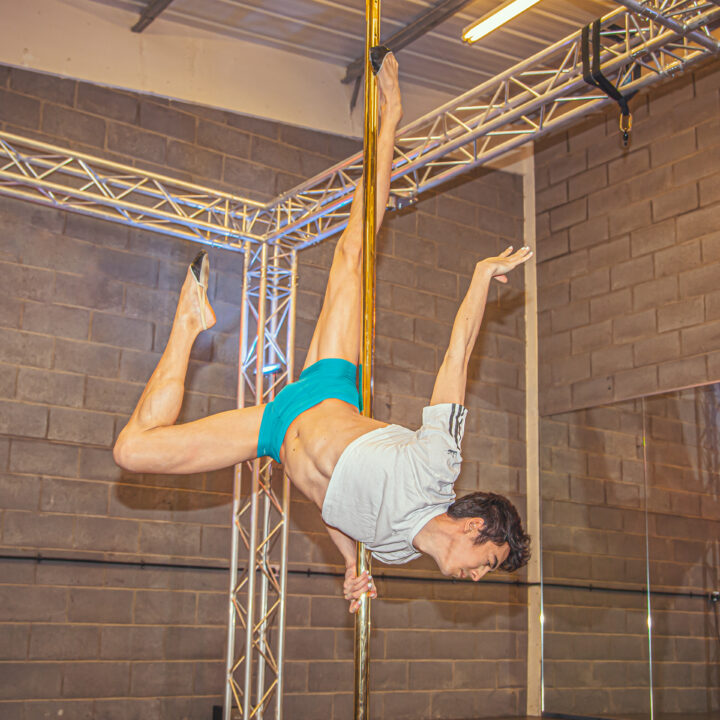
Benefits of Pole Dancing for Men
– Builds strength and endurance through complex pole movements.
– Improves flexibility, agility, and coordination, improving overall physical fitness.
– Boosts mental well-being, confidence, and self-expression.
– Helps break gender stereotypes, opening doors to a unique and exciting fitness journey.
– Provides an inclusive environment where men can thrive and challenge themselves.
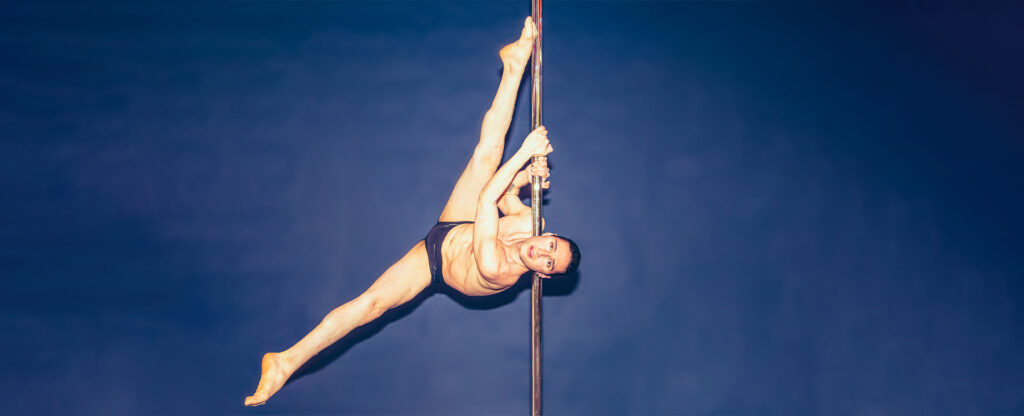
Pole Dancing for Men: FAQs
Is pole dancing only for women?
Not at all! Pole dancing is a gender-neutral activity that both men and women can enjoy. It offers men significant physical and mental benefits, particularly in building strength, flexibility, and endurance.
Do I need to be strong to start pole dancing?
You don’t need to be super strong to start, but you will definitely build strength over time. As a beginner, you’ll focus on foundational moves and gradually progress to more challenging techniques as your strength and endurance improve.
How long does it take to see progress?
Like any fitness activity, progress depends on your consistency and effort. Most men begin to notice significant improvements in strength, coordination, and flexibility within a few weeks of regular practice.
Pole dancing for men is a powerful fitness option that combines strength, flexibility, and creativity into one challenging workout. It’s time to leave old stereotypes behind and embrace the world of pole fitness. Whether you’re looking to boost your physical fitness, improve your mental health, or find a fun and unique way to express yourself, pole dancing can offer an incredible transformation journey.
So, what are you waiting for? Pole dancing for men is here to stay—and it’s more than just a workout. It’s a lifestyle choice that empowers you to explore your strengths and unlock your potential.

